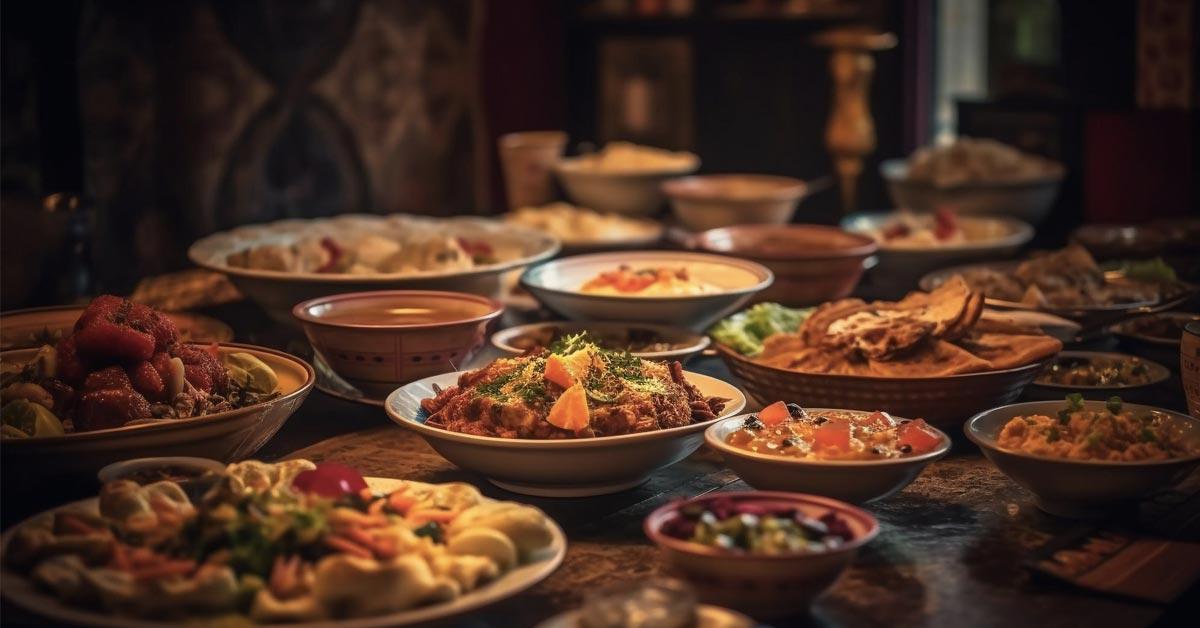Food service market to surpass $100Bn mark by 2028, growing at a CAGR of 8 – 12%: Redseer Strategy Consultants
- Indian organized food services market is expected to double by 2028 from $30 billion to $60 billion driven by evolving consumer behavior.
- The heterogeneous nature of the food services market in India calls for brands to tap into diverse cuisines to scale.
- The House of Brands (HoBs) strategy is well-suited to this scenario; an average House of Brands (HoBs) revenue is at least 5x the average revenue of a standalone brand.
- For the House of Brands (HoBs) model to succeed, they must successfully build & scale multiple brands and drive operational excellence.
In the latest report from Redseer Strategy Consultants titled “Winning Recipe for Food Brands in India,” a transformative trend in outside eating habits is highlighted, showcasing a surge in outside food among diverse age groups in metro and Tier-1 cities. The study forecasts a leap in the food service market to surpass $100 billion in revenue by 2028. Notably, the organized sector growth is expected to outpace the unorganized segment by 3x.
Evolving outside eating: Fueling food service market growth
Outside eating behavior is now more habitual for Metro and Tier-1 consumers rather than being a luxury, which can be seen by the frequency of outside eating going up by 30% and 20% for students & young adults, and mid-lifers respectively compared to 2018. They are increasingly looking for more variety and are also varying in quality driving the need for brands in the ecosystem. Brands are also leveraging this opportunity and scaling their presence in the Indian market. This is expected to drive the organized food services market from $30 billion to $60 billion by 2028.
Diverse Indian consumer palette: Calls for brands to tap into multiple cuisines.
Indian palette is extremely heterogeneous, with varied tastes for cuisines across regions. For example, in the Biryani category we see diverse regional variations such as Lucknowi, Kolkata, Ambur, and Hyderabadi, reflecting the rich culinary landscape of India. This diversity restricts the Total Addressable Market (TAM) and makes scaling beyond INR 100 crore a challenge for most standalone brands with a presence in a single city or a single cuisine. For instance, in the INR 20,000-30,000 crore biryani category, a typical metro city may only have an organized market size of INR 800-1,200 crore. Thus, achieving a revenue target of INR 100 crore by operating solely in a single metro city within the organized biryani cuisine necessitates capturing 10-15% market share, posing a significant challenge for a standalone brand to overcome.
The House of Brands advantage: Catering to every taste
In this context, House of Brands (HoBs) has emerged as the most effective strategy for scaling food brands in India. HoBs, which own multiple brands across various cuisines under a single umbrella, demonstrate an average revenue at least 5 times higher than standalone brands. This is partly due to their ability to target a larger Total Addressable Market (TAM) across cuisines and meal slots. Sharing resources within the HoB strategy also facilitates increased kitchen utilization and enables better operating leverage such as lower COGS, further solidifying their competitive advantage in the market.
Successful House of Brands are characterized by their focus on two critical aspects. Firstly, their ability to build and scale multiple brands across diverse cuisines, thereby capturing higher revenue potential rather than being dependent on their anchor brand. Secondly, driving operational excellence through measured geographic expansion, strong consumer funnel, and optimized capital & operational expenditures.
Rohan Agarwal, Partner at Redseer observes “Indian food market will need lot more of mid-sized brands than fewer mega brands owing to the diversity it brings. House of Brands playbook has been successful in this context. It is particularly heartening to witness the new-age homegrown house of brands leading the charge by building multiple sizable brands already.”
ⓘ As part of our ongoing support for startups and SMEs, LAFFAZ Media publishes feature and resource articles that may include references and links to external websites. These inclusions are selected at our editorial discretion to provide valuable information to our readers. LAFFAZ Media does not control, endorse, or assume responsibility for the content or practices of external websites. For more details, please refer to our Terms and Conditions.





